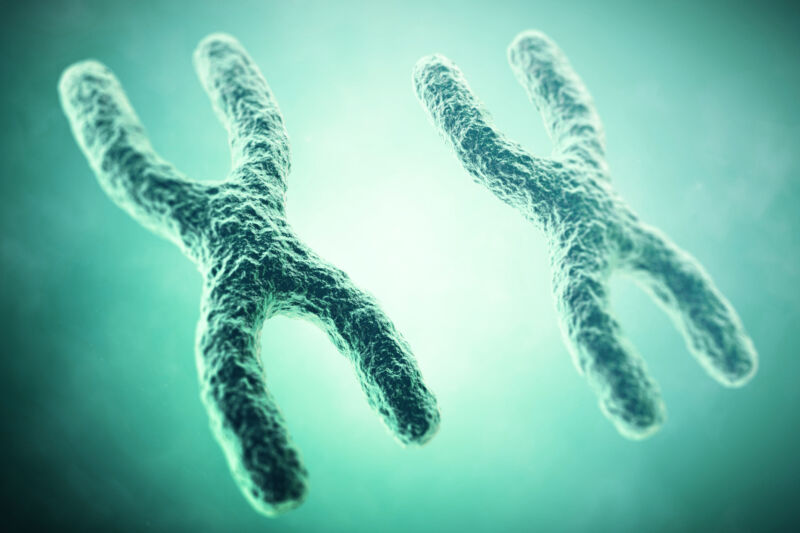New paper explains why females are prone to autoimmune diseases

Eighty percent of patients with autoimmune diseases are female. These diseases are one of the top 10 leading causes of death for women under 65, and cases are increasing annually worldwide. There is evidence suggesting that it's females' double complement of X chromosomes that puts them at such heightened risk for autoimmune diseases. Female cells have two X chromosomes, whereas males have one X chromosome and one Y chromosome (at least in mammals).
Shutting down an XDifferent animals compensate for this sort of disparity in different ways. Male fly cells churn out twice the amount of the proteins encoded by their single X chromosome, so they end up with the same amount as female cells. Worm hermaphrodite cells reduce production of the proteins encoded by each of their X chromosomes by half, so they end up with the same amount as male cells.
Mammals use X inactivation, in which each female cell shuts off one of its X chromosomes and only uses the other. Which X chromosome is shut off (the paternally inherited one or the maternally inherited one) is random and independent within each cell. So women are all genetic mosaics: Their cells are not all making the same proteins since some of their cells use one of their X chromosomes and some of their cells use the other.